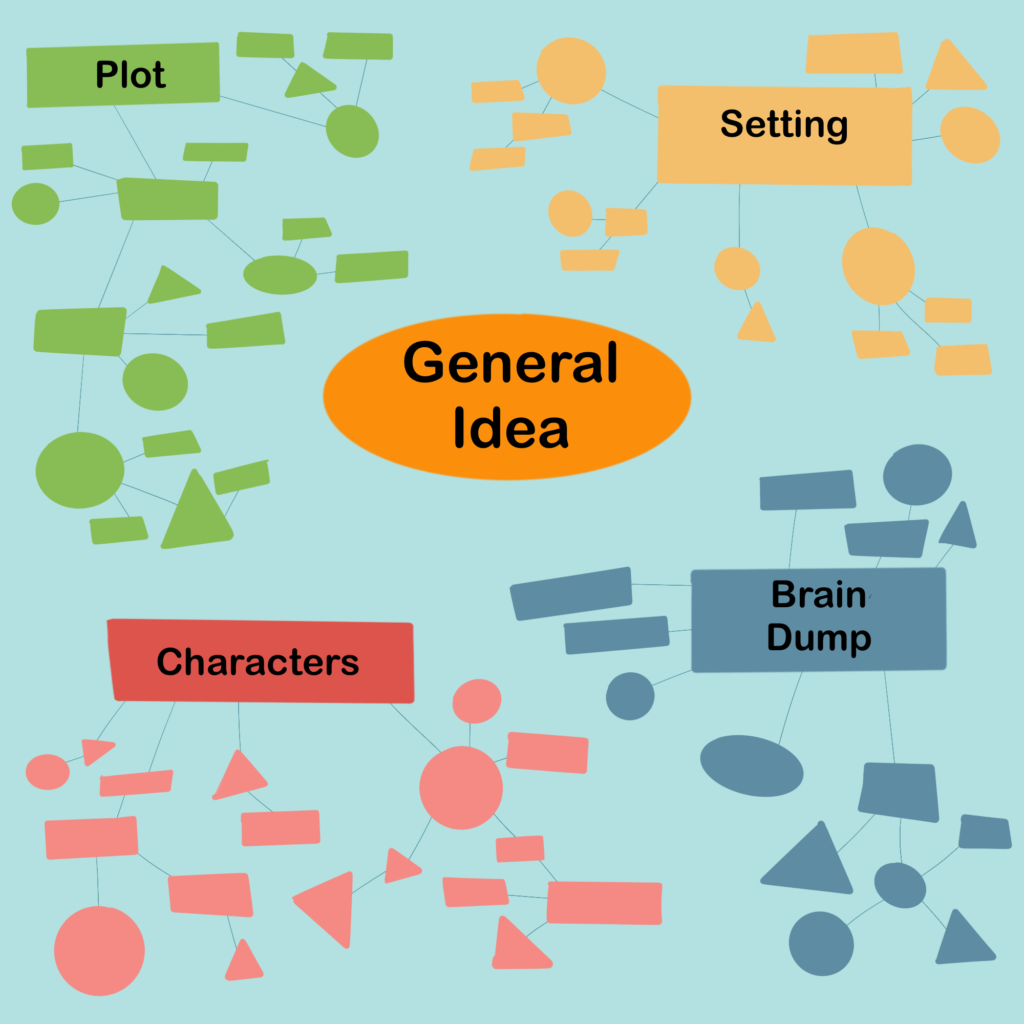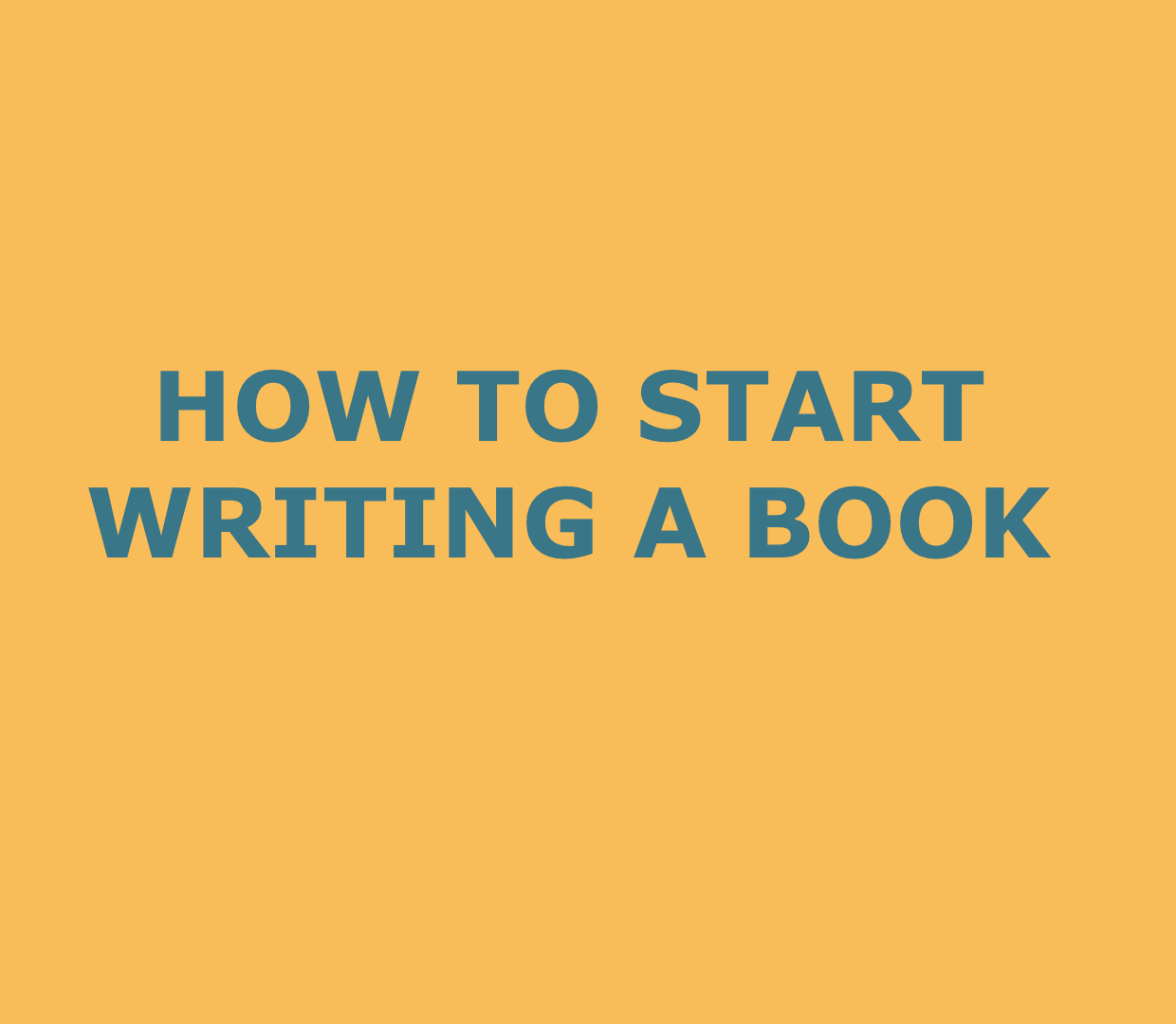My Game Plan to Becoming a Published Author
I am literally at square one of writing my novel, and I wanted to make a game plan. I did some research, and I was able to identify 6 main steps to writing a book. I’m not saying this is the only method, but it is definitely a good start.
Disclaimer: This is for people who actually want to plot and plan out their novel. If you just want to jump into the fire without any water, I respect the bravado, but this is not the blog post for you. Some people don’t need to plot, some people can just write. I think that’s incredible, but I am not one of those people. I need a detailed plan and I want to show you how to make one.

Step 1: Idea Generation
Like I have said before, I don’t even really have an idea for my book yet. So of course, Step 1 is to figure out what the book is actually going to be about. Sounds easy right? Well, it’s not. There are some important things to consider when you are deciding what to write.
- What Genre of book do you want to write?
- Who is your protagonist and what problem must they overcome?
- What is your fictional world like?
- Who is your antagonist and how are they going to cause problems?
When it comes to brainstorming ideas for a novel, the first and most important thing to do is figure out your story’s global genre. Once you have figured out what genre your book is going to fall into, you can figure out what type of problems your protagonist will face- and of course how they will overcome these challenges.
A quick and important note on Genre. There are two types of genre: consumer-facing genre and content genre. Consumer-facing genre is how your book is organized in a library or a bookstore. Content genres refer to the type of content in a story. Each content genre has obligatory scenes and conventions that work to evoke a certain emotional experience in the reader. Stories will either have an external content genre, an internal content genre, or both. Fore more information on Genres and what to include in your book based on its genre read my post on genres and genre conventions.
If you’re like me, and you have no idea where to start, I would suggest making a mind map. I know that doesn’t sound like it will work, but trust me, after I made a mind map, I felt like I could actually start writing. Blank page anxiety is real, but I believe in you! You can overcome this. Check out my blog post on how to make a mind map for a fiction book.

Step 2: Plotting
Once you have a strong idea of what you want to include in your story, it is time to make a detailed plot. There are so many ways that you can plot a story. But before you start let me explain the basics. Books are made up of acts, beats, and scenes. Books are not made up of chapters and parts. When I found this out, it was a real game-changer for me.
First, let me define, Acts, Beats, and Scenes.
Acts: the largest structural divisions in a story. They represent the broad stages of the narrative and usually mark significant shifts in the story’s direction, conflict, or development. The most basic acts are the beginning, middle, and end.
Beats: smaller units within acts that represent significant moments, events, or shifts in a story. A beat can be a single action, a decision, a moment of realization, or a change in emotional tone. Beats move the plot forward and reveal character development, helping to maintain narrative momentum. An example of a beat would be the inciting incident of a story.
Scenes: the smallest structural units in a story and are contained within beats. A scene is a specific segment of the story that takes place in a single location and time frame, focusing on a particular event or interaction. Scenes are where the action happens and where characters interact, face conflicts, and experience emotions.
Essentially: acts are made up of beats, and beats are made up of scenes. When you are plotting your book, you need to know how many acts you are going to have, when your beats are occurring, and what scenes will make up these beats. At the end of the day your plot should look something like this:

This sounds complicated, but take a breath. Like I mentioned before, genres typically have obligatory scenes and there are already a ton of plotting methods readily available on the internet. What needs to go into your story is already determined. Most of this work is done, it is just about getting creative with filling out a template that already exists.
In preparation for this post, I spent a lot of time reading about all of the different plotting methods. I do have some favourites, but in the interest of your own agency, I made a detailed list of all the plotting methods here. Alternatively, you can just use one of my favourites: Save the Cat or The Hero’s Journey.
Step 3: Drafting
Okay. Once you have Step 1 and Step 2 out of the way, it is time to start actually drafting your novel. This is where making a detailed plan comes in clutch. Now that you have determined the beats and scenes that will make up your novel, you can simply fill your scenes with dialog and action. This is going to be hard, but I found the following tips helpful:
- Set Clear Goals: “I want to write 1000 words a day”
- Create a Writing Routine: “I write once a night for two hours”
- Embrace the Rough Draft Mentality: don’t go back and edit as you write.
- TIP: If you get stuck insert ‘…tk’, it stands for ‘to come’. Writers use tk because these two letters never occur next together in the english language so it’s very easy to “control f” on your document all of the places in your draft that you still need to fill out.
- Stay Focused and Eliminate Distractions: Create your very own writing room, you need to get in the zone to get in the zone.
Step 4: Editing
Once your draft is all set, you need to go over it. And go over it. And go over it again. And ideally have someone else go over it as well. This is where if you have used ‘…tk’ you will save some time.
Step 5: Querying
Congratulations on finishing your book! Now it is time to query.
Querying is the process by which writers, particularly those seeking traditional publishing, submit a proposal for their manuscript to literary agents or publishers. The purpose of querying is to introduce your work to industry professionals in the hope of securing representation (with an agent) or a book deal (with a publisher).
A query typically consists of a query letter, which is a brief, compelling pitch that provides a snapshot of the manuscript, including its genre, word count, and a concise summary of the plot or concept. The query letter also includes a short bio of the author, highlighting relevant writing experience or accolades.
When you are writing your book it is important to think about what is going to go in your query letter and package. Especially think about the following three elements:
- Query Letter: A one-page pitch to an agent or publisher that introduces the book, outlines its main plot or concept, and provides information about the author.
- Synopsis: A brief summary of the entire plot, including major twists and the ending. This is sometimes required in addition to the query letter.
- Sample Pages: Many agents and publishers request the first few pages or chapters of the manuscript to get a sense of the writing style and story.
Reedsy has a great blog post on all of the steps you need to write a compelling query letter. I would highly recommend giving that a read. Query letters are what literary agents are going to use to determine if the quality and content of your story is a good fit for them. So it is super important that your letter reflects all of your hard work.
Step 6: Publishing
Once you find literary representation, it is time to start the publishing process!

